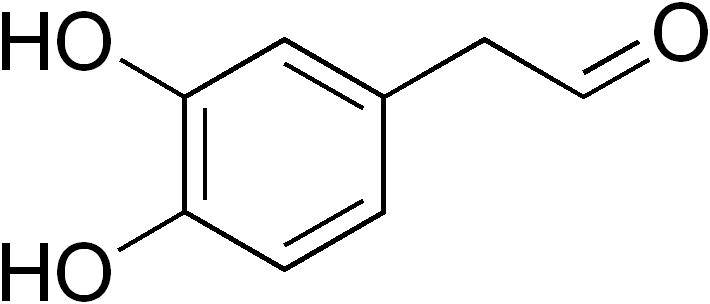|
Catecholaldehyde Hypothesis
The catecholaldehyde hypothesis is a scientific theory positing that neurotoxicity, neurotoxic aldehyde metabolites of the catecholamine neurotransmitters dopamine and norepinephrine are responsible for neurodegenerative diseases involving loss of catecholaminergic neurons, for instance Parkinson's disease. The specific metabolites thought to be involved include 3,4-dihydroxyphenylacetaldehyde (DOPAL) and 3,4-dihydroxyphenylglycolaldehyde (DOPEGAL), which are formed from dopamine and norepinephrine by monoamine oxidase, respectively. These metabolites are subsequently inactivated and detoxification, detoxified by aldehyde dehydrogenase (ALDH). DOPAL and DOPEGAL are monoaminergic neurotoxins in preclinical research, preclinical models and enzyme inhibition, inhibition of and gene polymorphism, polymorphisms in ALDH are associated with Parkinson's disease. The catecholaldehyde hypothesis additionally posits that DOPAL oligomerization, oligomerizes with α-synuclein resulting in accum ... [...More Info...] [...Related Items...] OR: [Wikipedia] [Google] [Baidu] |
